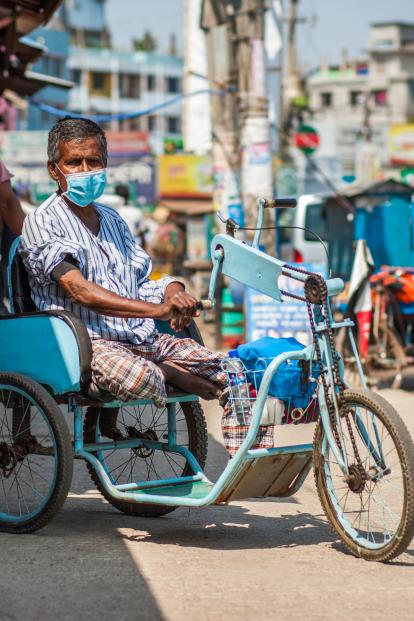
Leave No One Behind
Principle 1
Guidance and Resources
Overview
Leaving no one behind and reaching the furthest behind first is the central promise of the 2030 Agenda. As an overarching programming principle, leaving no one behind requires UNDP to prioritize its programmatic interventions to address the situation of those most marginalized, discriminated and excluded, and to empower them as active agents of the development process. All persons living in extreme poverty, in any form, are left behind, together with those enduring disadvantage(s) that deny or limit their choices and opportunities relative to others in society. In identifying who is being left behind, UNDP considers five key factors: discrimination, geography, vulnerability to shocks, governance and socio-economic status.1
At the intersection of these factors, people face multiple reinforcing sources of deprivation and inequalities. Programming to leave no one behind should follow the rights-based approach to development, including the application of a gender perspective. Actions and decisions that improve the lives of poor, excluded and marginalized groups and that address inequalities and discrimination include advocacy, creating enabling environments, capacity development and support for civil society, community empowerment, and enhancing the quality and accessibility of services.2
| Footnotes: |
|---|
| (1) See UNSDG, Leaving no one behind – A UNSDG operational guide for UN Country Teams (interim draft April 2019). (2) Ibid, page 35ff. |
